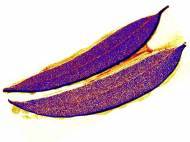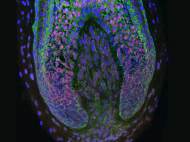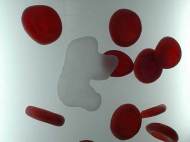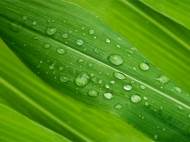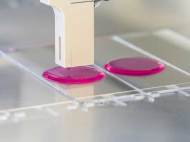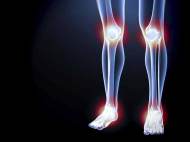Aluminum studs make solar panels up to 22 percent more efficient
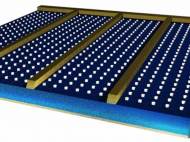 A team of researchers at the Imperial College London and their international collaborators in Belgium, China and Japan have demonstrated that the efficiency of all solar panel designs could be improved by up to 22 percent by covering their surface with aluminum studs that bend and trap light inside the absorbing layer. Solar panels covered… »
A team of researchers at the Imperial College London and their international collaborators in Belgium, China and Japan have demonstrated that the efficiency of all solar panel designs could be improved by up to 22 percent by covering their surface with aluminum studs that bend and trap light inside the absorbing layer. Solar panels covered… »


